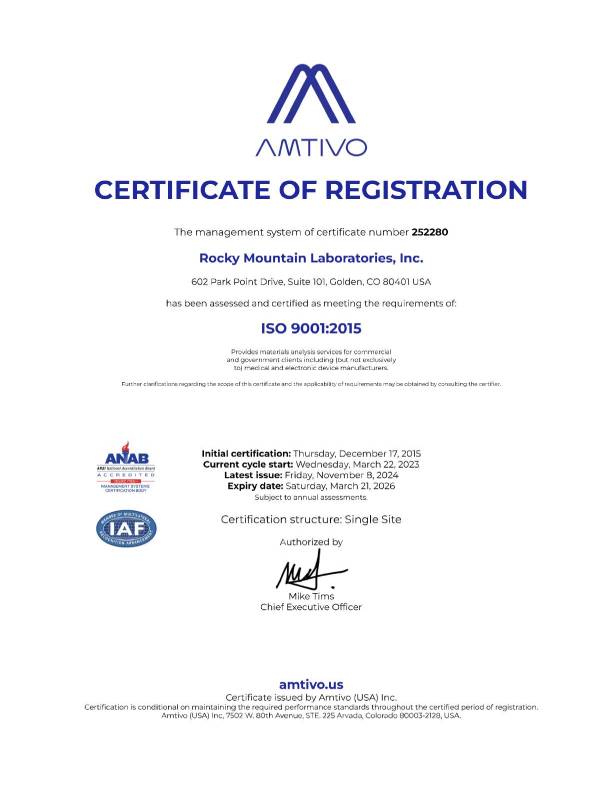The duration of an FTIR (Fourier-Transform Infrared) analysis can vary depending on several factors, including the complexity of the analysis, the type of sample, the number of samples being tested, the equipment used, and the laboratory’s workload. Here are some factors that can influence the time it takes for an FTIR analysis:
Sample Type and Complexity: The nature and complexity of the sample being analyzed play a significant role in determining the analysis time. Simple, well-characterized samples may require less time than complex or heterogeneous samples that require extensive preparation and analysis.
Sample Preparation: The time required for sample preparation can vary widely. Some samples may require minimal preparation, while others may involve processes such as grinding, mixing with KBr (potassium bromide) for solid samples, or dilution for liquid samples.
Instrumentation: The type and capabilities of the FTIR instrument being used can influence analysis time. High-performance FTIR instruments may provide faster data acquisition, reducing analysis time.
Number of Samples: If you have multiple samples to be analyzed, the laboratory may batch process them, which can be more efficient. However, a larger number of samples may still require more overall analysis time.
Data Acquisition Parameters: The specific parameters chosen for data acquisition, such as the spectral range, resolution, and number of scans, can affect analysis time. Higher spectral resolution or more scans may result in longer analysis times but can provide higher-quality data.
Laboratory Workload: The availability of the laboratory’s resources and the number of samples in the queue can impact turnaround time. If the laboratory is particularly busy, it may take longer to schedule and complete your analysis.
Typically, routine FTIR analyses for simple samples can be completed within a few hours to a day, including sample preparation and data acquisition. More complex analyses, especially those involving extensive sample preparation or advanced data processing, may take several days or even longer. The laboratory or service provider should be able to provide you with an estimated turnaround time based on the specifics of your analysis.
If you have specific timing requirements or need results quickly, it’s essential to communicate this to the laboratory when requesting the analysis, as expedited services may be available for an additional fee.



